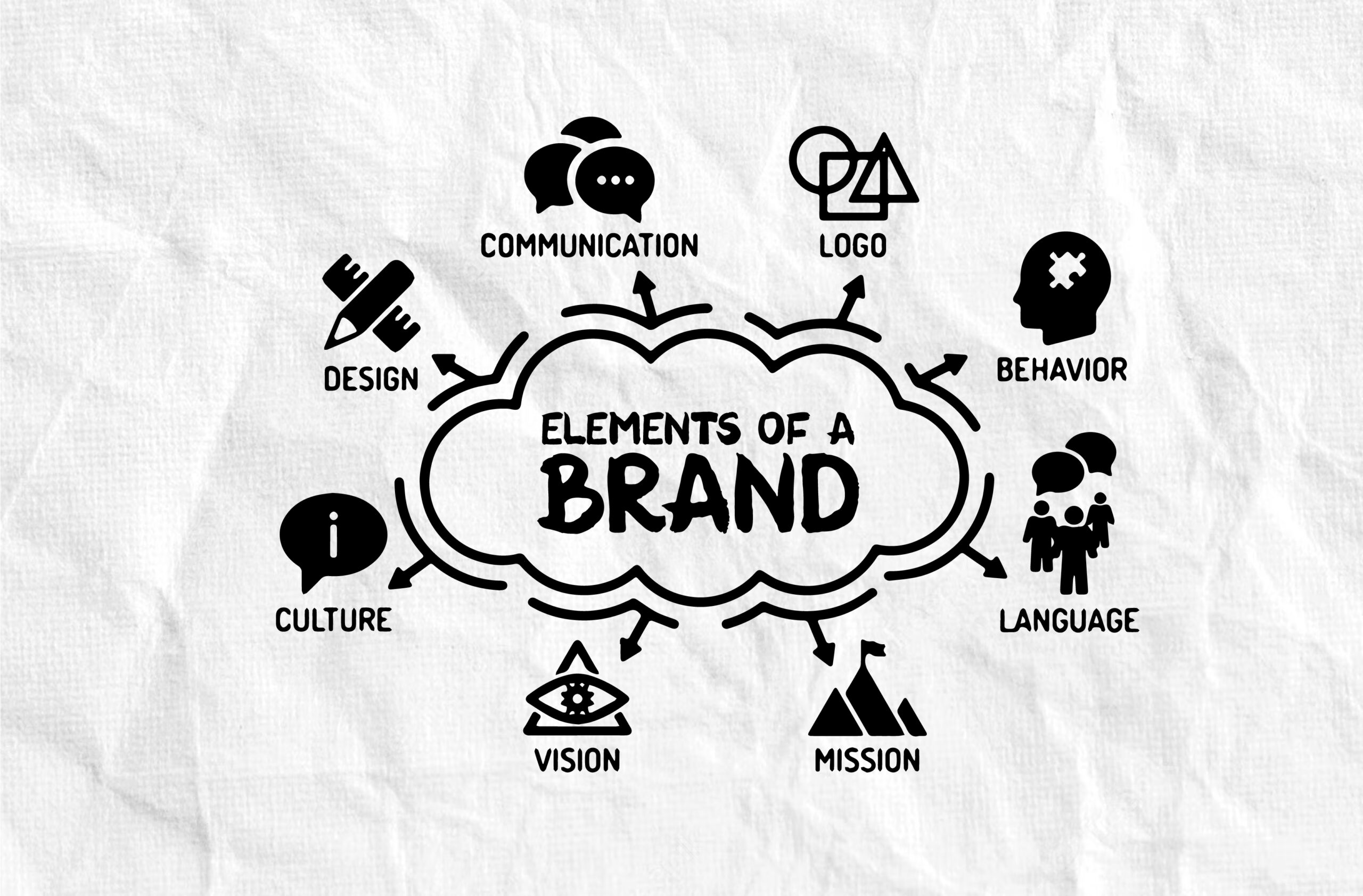By Trevor Hart
A strong and cohesive brand is essential for any company today. Dynamic storytelling, authentic imagery, and relatable content draw audiences in and build loyalty with consumers. A memorable story will make your brand stand out in a crowded market. The fundamental aspects of a brand—a versatile logo package, an attractive color palette, and a striking logo—are important, but if they do not form a dynamic and clear story, the brand will blend in with its competitors. A strong, unique brand should dig deep into the human experience and immerse consumers in your company’s story. When creating a brand consider these questions:
- What unique selling point should my brand convey?
- How do the elements of my brand speak to my company’s credibility?
- Does my brand make an impression and stand out against competitors?

Before you can design your brand’s logo, you have to have a name. It took Spanx founder Sara Blakely a year and a half to land on the name of the iconic shapewear brand, but the name was certainly worth the wait. Inspired by recognizable brands like Coke and Kodak–both names bookended by punchy ‘K’ syllables–Blakely knew she wanted her brand name to follow suit. Then, a last minute change from the suffix ‘-ks’ to ‘-x’ became the foundation of a billion dollar brand.
Moreover, the simple color palette of red, black, and white is modern yet classic–symbolizing a brand that will withstand the barrage of microtrends that flood the fashion industry. Of course, since Spanx’s inception, the market has changed and thus the brand has evolved. Every long-lasting brand has sustained itself due to its adaptability. Always monitor industry trends to see how your brand fits into the ever-shifting digital landscape.

Credibility is key to customer loyalty. If your company is the authority in its market, your logo should reflect that. For example, online-shopping giant Amazon’s logo subtly indicates just how pervasive a force they are in their market. The arrow underscoring the word ‘Amazon’ assures consumers they will find everything they need, from A to Z. Convenience has brought millions of customers to Amazon’s website, and their logo conveys the ease of shopping on Amazon.
Likewise, even on logo variants without the word ‘Amazon,’ the arrow indicates forward movement and reflects two of the company’s guiding principles: a passion for invention and long-term thinking. Naturally, Amazon has grown into an umbrella company with several brands underneath, but the ideology and intention that shapes the Amazon brand remains cohesive across all touchpoints.

Each element of a brand should be in accord with the company’s values and mission, even the color palette. For example, Airbnb’s signature Rausch pink evokes the vibrancy and liveliness consumers expect from a travel brand. The Airbnb logo contains several unique images that symbolize the company’s values. The teardrop at the center resembles both a person and a location pin, referencing Airbnb’s position as both a people-oriented company and a travel brand. Likewise, the outside shape mimics an ‘A’ for Airbnb but also resembles an upside down heart, conveying company values like compassion and kindness.
Positioning your company as a trustworthy, authentic brand boosts both credibility and customer loyalty. A brand must differentiate itself against competitors, especially in a competitive market. In the digital landscape, where many companies appear lifeless, integrating dynamic brand elements into an engaging story humanizes your company and attracts consumers. Today, Airbnb has helped over 1.4 billion guests check in to their lodging.
An attractive logo and a catchy tagline are great–but they do not form a brand. Think through the ideas and emotions you want consumers to associate with your company, and apply those sentiments to the name, the tagline, the color palette, and everything in between. Connotation is key to branding: every element will shape the narrative of your brand, so think through each element accordingly.



